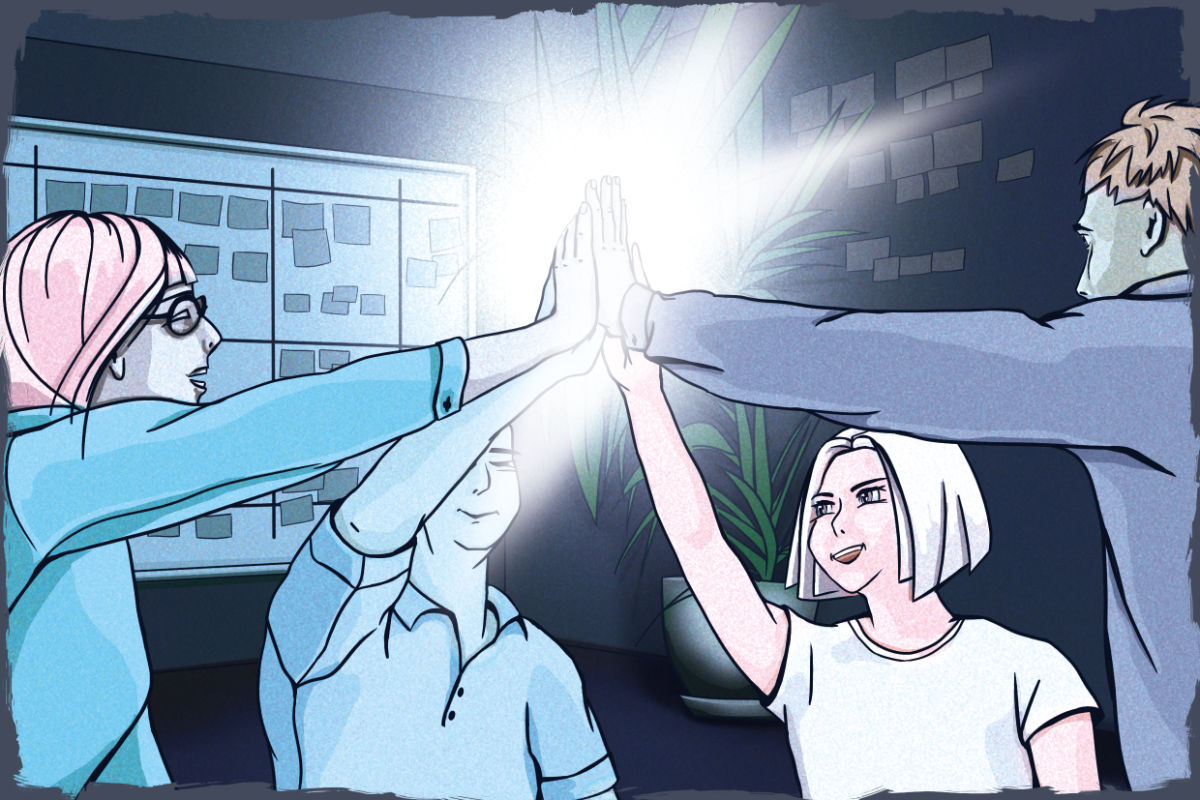Earlier this autumn, I attended the “Training from the Back of the Room (TBR) Certified Practitioner” training and then I also became a certified trainer for TBR. After the “certifed course”, to be allowed to run “TBR Certified Practitioner” trainings, we had to complete some writing assignments.
My first assignment was:
A fellow trainer who is a colleague and friend of yours has asked for your help in designing and delivering a new course. But your friend has no idea how to use brain-based training design and delivery strategies. How would you help your friend get started? What information would you consider crucial for your friend's success and how would you explain this information to him/her?
And here is what I wrote…
I would ask them to remember a time when they learned something difficult in a short time span. Maybe it was at university, in a training course or during their job. Maybe they had to quickly learn a new technology, computer program, technique or something else. I would ask them to remember an “aha – moment” – a moment, where suddenly everything became clear.
Were they sitting in a classroom, listening to a teacher or professor? Were they sitting at a desk, reading the same paragraphs from a book repeatedly? I bet that was not the case.
I bet that they took time to learn. They did not rush through as many topics as possible, to “cover stuff”.
Maybe they were working together with others to learn.
I bet that they did a mix of activities – Reading theory, playfully trying things, longer stretches of practice or figuring out the hard stuff, explaining what they learned to the other learners, discussing implications for their own job/life, doodling on paper, drawing flip-charts.
I’m sure that they took breaks, moved around, had food and drinks, maybe took a walk.
I bet that learning was hard work, but also fun. Especially when they had that “aha” moment.
I’m sure that they discovered most of what they learned on their own. Maybe they had someone who helped them learn – an expert who showed them some tricks or answered their questions – but they probably did not have someone telling them exactly what to do.
And then I would tell them that brain-based training tries to recreate those learning situations. That there are some techniques and activities you can incorporate in your trainings so that attendees will mostly learn by themselves.
I would start to design a lesson together with them, so that they can experience themselves what is important. If there is a flip-chart available, I would go there, give them a marker and start drawing.
Let go of the idea to cover as many topics as possible. Allow people to learn some topics well.
Start by adding enough time for practice to your schedule. And during practice, let them make mistakes and correct them, without interfering too much. Let them work together to harness the wisdom of the crowd.
Before the practice, give them everything they need to succeed. But not by showing them everything – only show some things, let them discover the rest.
And before that, allow them to think and talk about how this topic is related to what they already know or to what they need in their day-to-day life.
After the practice, do a short debriefing.
And then, I would take them for a short walk and ask them to explain to me what they just learned.
I guess I would recommend some books and blog posts later. But for now, that should be enough. I explained and showed them the four Cs, without ever mentioning the word “4Cs”. I hope they now know why brain-based training works and what exactly they could do right now to create better trainings.
Want to experience how we use brain-based training design during our own training? Check out our training offers!

